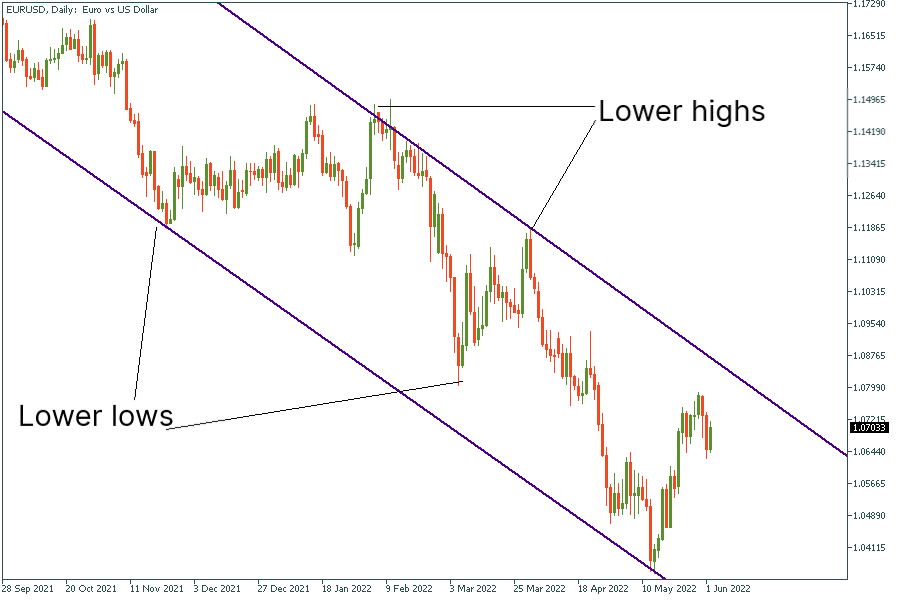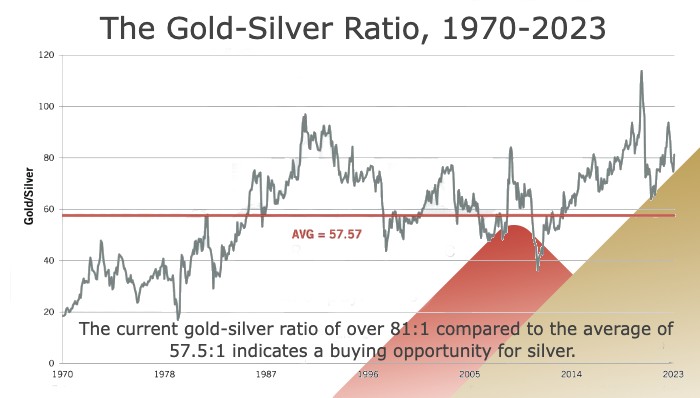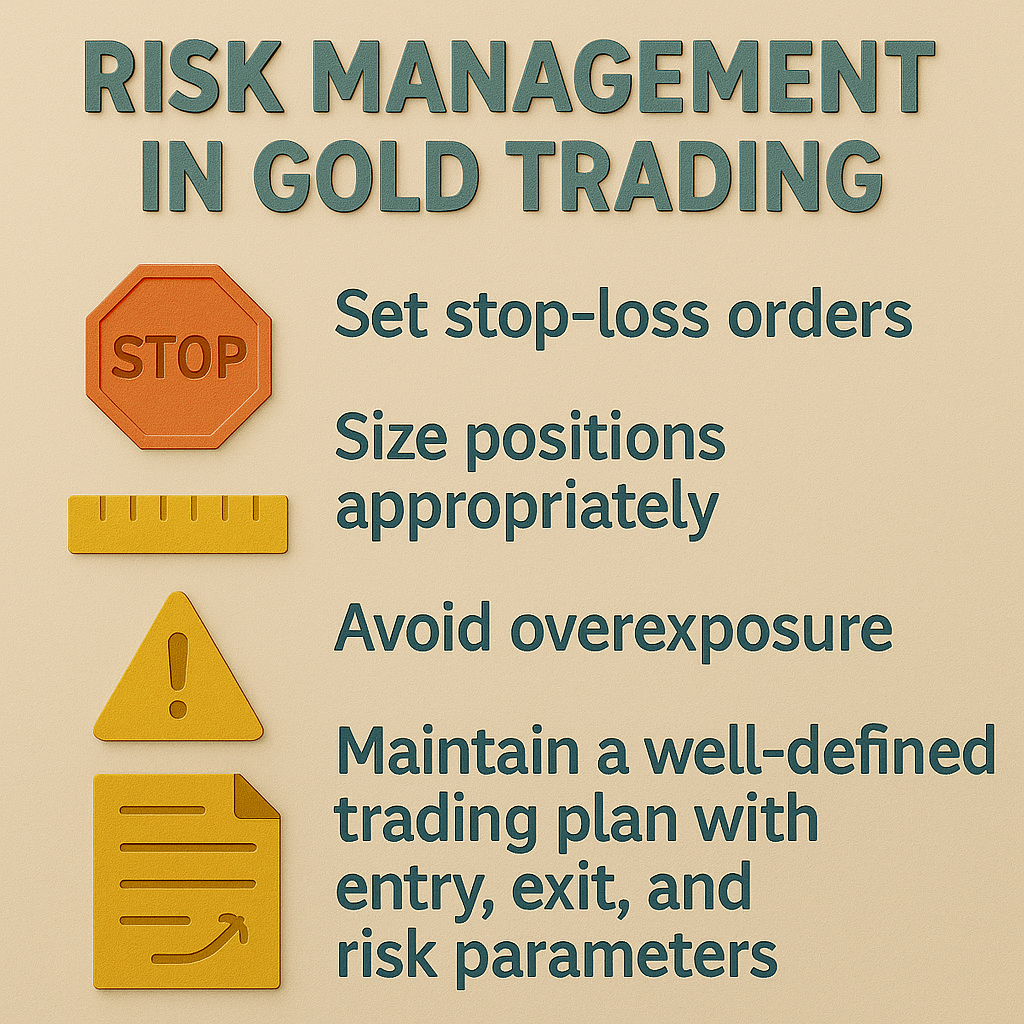Gold remains a cornerstone of many trading portfolios, valued for its ability to hedge against inflation, diversify assets, and provide liquidity in turbulent times. For traders seeking to enhance their gold investment approach, employing smart, adaptable strategies is crucial.
Here are seven effective gold investment strategies tailored for traders, blending technical insight with practical risk management.
7 Smart Gold Investment Strategies for Traders to Implement

1. Trend-Following Strategy
One of the most reliable approaches for trading gold is the trend-following strategy. This involves identifying the prevailing market direction—uptrend or downtrend—and trading in alignment with that trend.
Traders typically use technical indicators such as moving averages or trendlines to confirm the trend. In an uptrend, consider buying on pullbacks to support levels; in a downtrend, look to sell on rallies towards resistance.
Tip: Use a combination of short and long-term moving averages to confirm the strength and direction of the trend.
2. Range Trading
Gold often trades within well-defined price ranges, especially during periods of market consolidation. The range trading strategy involves identifying support (the lower boundary) and resistance (the upper boundary) levels, then buying near support and selling near resistance.
This method is particularly effective when gold prices are moving sideways rather than trending strongly in one direction.
Tip: Oscillators like the RSI can help confirm when gold is overbought or oversold within a range.
3. Dollar-Cost Averaging
For traders who prefer a more systematic approach, dollar-cost averaging involves investing a fixed amount in gold at regular intervals, regardless of price fluctuations. This strategy helps smooth out the impact of volatility and reduces the risk of making large purchases at unfavourable price points.
Tip: Set a recurring schedule (e.g., monthly) to accumulate gold positions gradually, especially during uncertain markets.
4. Gold-Silver Ratio Strategy

The gold-silver ratio measures how many ounces of silver are needed to buy one ounce of gold. When this ratio deviates significantly from historical norms, it can signal trading opportunities.
For example, a high ratio may indicate that gold is overvalued relative to silver, prompting traders to consider shifting some exposure from gold to silver or vice versa.
Tip: Monitor the gold-silver ratio alongside macroeconomic factors to identify potential mean-reversion trades.
5. Seasonal Trading
Gold prices often exhibit seasonal patterns, rising during certain times of the year due to increased demand for jewellery or investment (such as during Indian festivals or Chinese New Year).
Traders can take advantage of these historical trends by planning entries and exits around these periods, while confirming signals with technical analysis.
Tip: Combine seasonal insights with momentum indicators for optimal timing.
6. Combining Fundamental and Technical Analysis
Successful gold traders blend fundamental analysis—such as monitoring global economic data, central bank policy, and geopolitical events—with technical analysis tools like Chart Patterns and indicators.
This dual approach allows traders to make informed decisions based on both macroeconomic trends and price action.
Tip: Keep an economic calendar handy to track key events that may impact gold prices, such as central bank meetings or inflation reports.
7. Robust Risk Management

No strategy is complete without sound risk management. Gold's volatility can lead to rapid gains or losses, making it essential to set stop-loss orders, size positions appropriately, and avoid overexposure to any single trade.
A well-defined Trading plan that includes entry, exit, and risk parameters helps maintain discipline and protect capital.
Tip: Never risk more than a small percentage of your trading capital on a single trade, and review your plan regularly to adapt to changing market conditions.
Conclusion
Gold trading offers diverse opportunities for both short-term and long-term traders. By employing these seven smart strategies—trend-following, range trading, dollar-cost averaging, the gold-silver ratio, seasonal trading, combining analysis methods, and robust risk management—traders can navigate the gold market with greater confidence and resilience.
Remember, continuous learning and adaptability are key to long-term success in gold investment.
Disclaimer: This material is for general information purposes only and is not intended as (and should not be considered to be) financial, investment or other advice on which reliance should be placed. No opinion given in the material constitutes a recommendation by EBC or the author that any particular investment, security, transaction or investment strategy is suitable for any specific person.
























